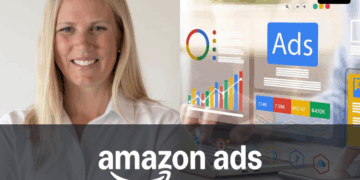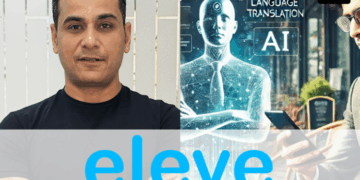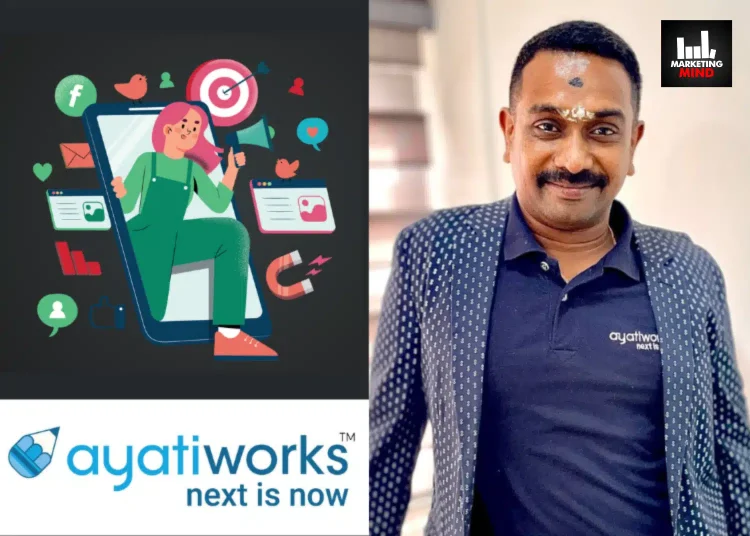In today’s digital landscape, where consumers are bombarded with content from every direction, personalization has become a crucial strategy for standing out. Personalized content marketing not only captures attention but also builds stronger connections and increases conversions.
Real-World Examples of Successful Personalization
Netflix’s recommendation system is a prime example of personalization done right. By analyzing users’ viewing habits and preferences, Netflix suggests content that is highly relevant to each user, significantly enhancing user engagement and satisfaction. Amazon uses personalization to recommend products based on users’ past purchases and browsing history, improving the shopping experience and increasing sales and customer loyalty. Spotify’s personalized playlists, like Discover Weekly, are tailored to individual users’ music tastes, keeping users engaged and coming back for more. These real-world examples demonstrate the power of personalization in enhancing user experience and driving business success.
Here’s how you can stand out for your audience by leveraging personalized content marketing:
1. Understanding Your Audience
To personalize content effectively, it’s essential to understand your audience’s demographics, preferences, and behaviors. Using data analytics tools like Google Analytics and Facebook Insights can provide valuable data about your audience’s online activities and interests. Conducting surveys and gathering feedback directly from your audience allows you to understand their preferences more deeply. Additionally, creating detailed buyer personas helps in tailoring your content to meet the specific needs and preferences of different segments within your audience. These personas are developed based on demographic, psychographic, and behavioral data, giving you a comprehensive understanding of who your audience is and what they are looking for.
2. Segmenting Your Audience
Segmentation allows you to divide your audience into smaller, more targeted groups, making your marketing efforts more effective. Demographic segmentation divides your audience based on characteristics such as age, gender, income, and education. Psychographic segmentation, on the other hand, is based on lifestyle, values, and interests, providing a deeper understanding of your audience’s motivations. Behavioral segmentation focuses on purchasing behavior, user status, and usage rate, allowing you to tailor your content based on how different segments interact with your brand. By using these segmentation strategies, you can create more relevant
and engaging content for each group.
3. Creating Personalized Content
Once you have segmented your audience, the next step is to create content that speaks directly to each group. Dynamic content is a powerful tool that allows you to display different content to different users on the same webpage. Personalized emails, customized with the recipient’s name and tailored content, can significantly improve engagement and conversion rates. Additionally, targeted social media ads, created using audience insights, can reach the right people at the right time with the right message. By tailoring your content to meet the specific needs and interests of each segment, you can create a more personalized and engaging experience for your audience.
4. Leveraging Technology for Personalization
Technological advancements have made personalization more accessible and effective. AI and machine learning tools, such as chatbots and recommendation engines, can provide personalized experiences by analyzing user data and making real-time adjustments. Marketing automation platforms like HubSpot and Marketo help automate and personalize marketing efforts at scale, ensuring that each customer receives relevant and timely content. Customer data platforms (CDPs) integrate and manage customer data from multiple sources, providing a unified view of each customer and enabling more personalized interactions. By leveraging these technologies, you can enhance your personalization efforts and deliver a more seamless and engaging experience for your audience.
5. Measuring the Impact of Personalization
To ensure your personalized content is effective, it’s crucial to continuously measure and analyze its impact. Engagement metrics such as click-through rates, time on site, and social shares provide insights into how your audience interacts with your content. Monitoring conversion rates helps you understand how many visitors are converting into customers as a result of your personalized marketing efforts. Regularly seeking customer feedback allows you to understand what’s working and what needs improvement. By continuously measuring and analyzing the impact of your personalization efforts, you can make data-driven decisions to enhance your content marketing strategy.
That being said, personalizing content marketing is no longer a luxury but a necessity in today’s competitive digital environment. By understanding your audience, segmenting them effectively, creating tailored content, leveraging technology, and measuring your efforts, you can significantly enhance engagement and drive conversions. Embrace personalization to not only meet but exceed your audience’s expectations, fostering deeper connections and long-term loyalty.
By implementing these strategies, you’ll be well on your way to mastering personalized content marketing, making your brand more relatable and appealing to your audience.
















